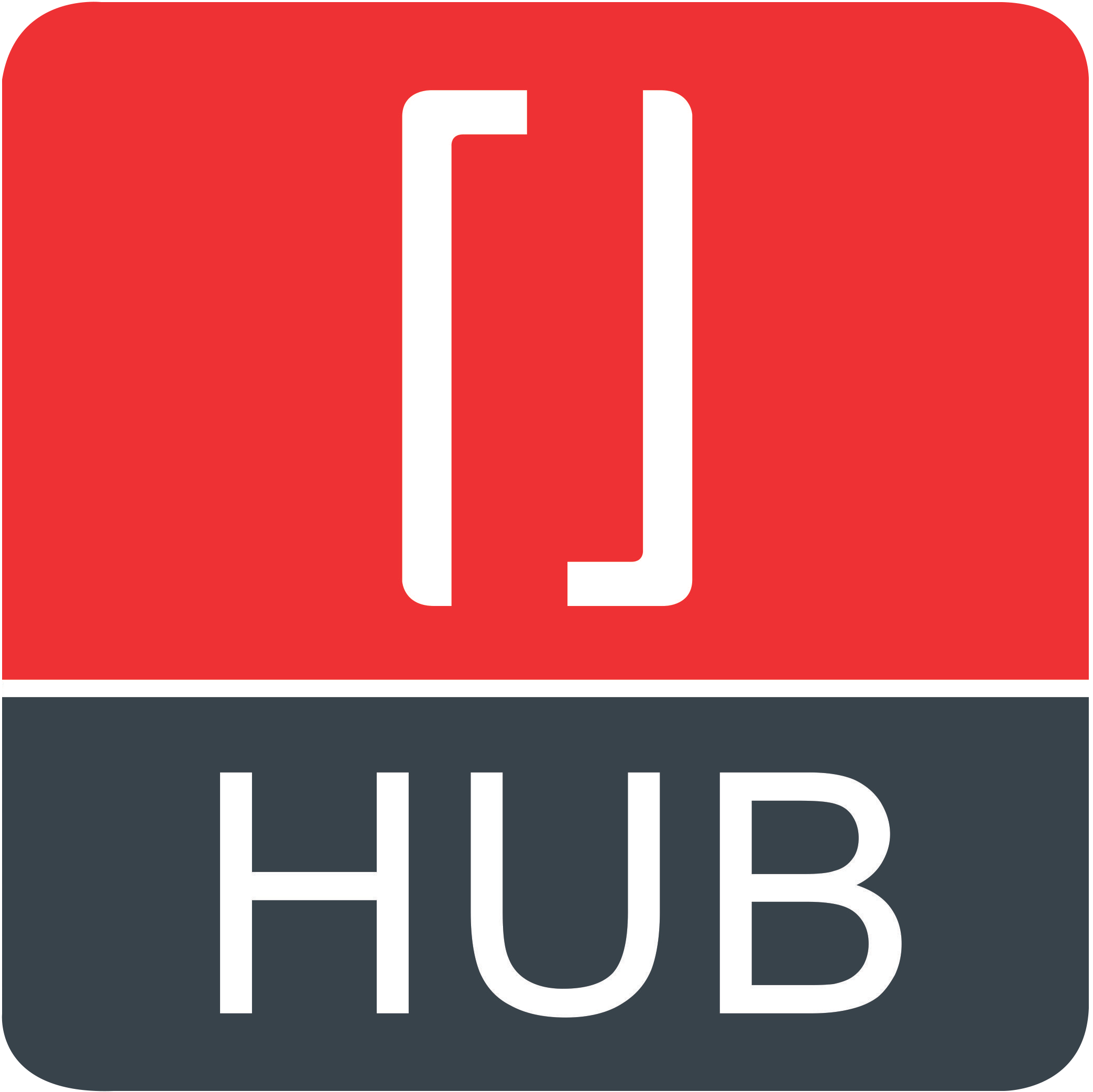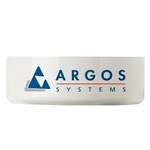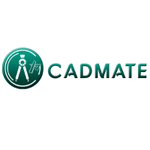Description

Redbracket HUB

SiteSupervisor
Comprehensive Overview: Redbracket HUB vs SiteSupervisor
Redbracket HUB and SiteSupervisor are both software solutions designed to cater to the needs of the construction industry, but they are aimed at different functions within that sector. Here’s a comprehensive overview:
a) Primary Functions and Target Markets
Redbracket HUB
Primary Functions:
- Redbracket HUB primarily serves as a platform for architectural and design collaboration.
- It focuses on facilitating communication and project management among architects, designers, and other stakeholders in the design phase.
- It offers tools for managing design documents, sharing files, and collaborating in a centralized digital space.
Target Markets:
- Architectural firms
- Interior design companies
- Engineering consultants involved in the design phase
SiteSupervisor
Primary Functions:
- SiteSupervisor is designed more broadly for construction project management across different stages.
- Its functionalities include onsite communication, task management, compliance tracking, and resource allocation.
- The platform is often used for streamlining communication between all parties involved in a construction project from start to finish.
Target Markets:
- Construction companies
- Project managers
- Contractors and subcontractors
- Companies involved in civil engineering and building projects
b) Market Share and User Base
The market share and user base for Redbracket HUB and SiteSupervisor can fluctuate based on regional demand, industry trends, and the size of their target markets.
- Redbracket HUB: Given its niche focus on design collaboration, Redbracket HUB's user base is more concentrated in firms that prioritize the initial design phase of construction. This makes it a smaller segment compared to broader project management platforms.
- SiteSupervisor: As a comprehensive project management tool for the entire construction lifecycle, SiteSupervisor potentially appeals to a larger market segment. It likely has a larger user base, as it serves a broader spectrum of construction activities beyond just the design phase.
c) Key Differentiating Factors
-
Scope of Services:
- Redbracket HUB is specialized in design collaboration, making it an ideal choice for architectural firms focused on the initial phases of project planning.
- SiteSupervisor offers end-to-end construction project management, supporting tasks from design through to completion and operations.
-
Target Audience:
- Redbracket HUB is aimed at creative professionals who require robust design and architectural collaboration tools.
- SiteSupervisor targets a wider audience within the construction industry, including project managers, site foremen, and others involved in various stages of building projects.
-
Functional Focus:
- Redbracket HUB emphasizes enhancing the creative process, enabling better design visualizations and iterations.
- SiteSupervisor focuses on the logistics and execution of construction projects, addressing challenges like compliance, material tracking, and workforce management.
-
Integration and Flexibility:
- Redbracket HUB may offer integrations with design software such as CAD tools to facilitate design file sharing and visualization.
- SiteSupervisor can integrate with other construction management software and enterprise resource planning (ERP) systems for smooth implementation across various operations.
Choosing between the two would largely depend on whether the primary need is for design collaboration or overall project management during the construction lifecycle. Each has its strengths suited to different phases and requirements of construction projects.
Contact Info

Year founded :
2017
+91 79276 82425
Not Available
India
http://www.linkedin.com/company/redbracket

Year founded :
2010
Not Available
Not Available
Australia
http://www.linkedin.com/company/sitesupervisor
Feature Similarity Breakdown: Redbracket HUB, SiteSupervisor
To provide a feature similarity breakdown for Redbracket HUB and SiteSupervisor, let's look into each aspect based on typical features of construction project management software:
a) Core Features in Common
-
Project Management:
- Both platforms offer tools for planning, scheduling, and managing construction projects. This includes task management, timelines, and milestone tracking.
-
Communication Tools:
- Redbracket HUB and SiteSupervisor both facilitate communication among team members through messaging systems, notifications, or activity logs.
-
Document Management:
- They provide features for document storage, sharing, and version control, allowing teams to manage construction drawings, contracts, and other critical documents efficiently.
-
Collaboration:
- Both allow multi-user collaboration, enabling teams to work together seamlessly, often with permissions and roles defined for different team members.
-
Resource Management:
- Each includes features for managing resources such as manpower, materials, and equipment, helping in allocation and tracking.
-
Reporting and Analytics:
- These platforms provide various reporting tools to generate insights into project progress, costs, and other key metrics.
b) User Interface Comparison
-
Redbracket HUB:
- Typically known for its user-friendly and intuitive interface. It often focuses on simplicity and ease of navigation to enhance user experience, particularly for those who may not be tech-savvy.
- Visual elements like dashboards are designed to quickly convey important information and project status.
-
SiteSupervisor:
- Offers a more robust UI potentially aimed at more complex project needs. It might present more detailed dashboards and data insights, appealing to users who prefer direct access to detailed information.
- May include customizable interfaces to cater to specific project requirements and more advanced users.
c) Unique Features
-
Redbracket HUB:
- Often emphasizes its simplified design and ease of adoption, which is particularly beneficial for small to medium-sized enterprises that require efficient tools quickly without a steep learning curve.
- May offer unique integrations with specific industry-standard software or hardware that is widely used in some regions or sectors.
-
SiteSupervisor:
- Known for its comprehensive approach to health and safety management, integrating specific tools to ensure compliance and manage on-site safety protocols effectively.
- It might provide more extensive mobile app capabilities, allowing field workers to access and update project information from remote locations.
Conclusion
While Redbracket HUB and SiteSupervisor share several core features typical of construction management software, their key differences lie in the user interface design and some unique offerings relating to industry focus or specialization. It’s crucial to evaluate them not just on features but also on the specific needs of your organization, such as the size, type of projects handled, and user proficiency with technology.
Features

Customization Options
Collaboration Tools
Efficient Project Management
Resource Management

Team Collaboration
Resource Management
Project Management
Reporting
Best Fit Use Cases: Redbracket HUB, SiteSupervisor
Redbracket HUB and SiteSupervisor are both construction management software solutions designed to streamline processes and improve project coordination, but they cater to different aspects of the construction industry and complement different needs.
a) Redbracket HUB
Best Fit Use Cases:
-
Architectural Firms:
- Redbracket HUB is ideal for architectural firms involved in complex design and planning processes. The software can assist in managing blueprints, client feedback, design iterations, and data sharing across multiple teams.
-
Interior Design Companies:
- Companies focusing on interiors can benefit from the design collaboration and project visualization tools of Redbracket HUB to seamlessly manage design projects from concept to execution.
-
Engineering Consultancies:
- Engineering consultancy services that require coordination amongst various specialists can leverage these tools for efficient project management and data synchronization.
Types of Businesses or Projects:
- Redbracket HUB is best suited for businesses that are heavily involved in the design and planning stages of construction projects. This can include businesses dealing in real estate development, urban planning, and large-scale renovation projects.
b) SiteSupervisor
Preferred Use Cases:
-
Construction Firms:
- SiteSupervisor is well-suited for construction firms that need robust on-site project management tools to manage daily activities, workforce, and logistics effectively.
-
General Contractors:
- General contractors managing multiple sites, subcontractors, and materials can use SiteSupervisor to streamline operations and improve communication and safety compliance on-site.
-
Project Management Teams:
- Teams tasked with overseeing project timelines, site progress, and resource allocation can benefit from the real-time updates and task management features of SiteSupervisor.
Scenarios for Preference:
- SiteSupervisor is particularly beneficial for projects that require daily on-site management, such as commercial building projects, infrastructure developments, and municipal construction projects.
d) Industry Verticals and Company Sizes
Industry Verticals:
- Redbracket HUB targets the architecture, engineering, and design sectors where higher emphasis is on the creative and planning elements of construction.
- SiteSupervisor caters more to the construction and building management sectors where the focus is on execution, logistics, and resource management.
Company Sizes:
-
Small to Medium-Sized Enterprises (SMEs):
- SMEs in architecture and design can employ Redbracket HUB to enhance collaboration without needing substantial IT resources.
- Similarly, SMEs in construction can use SiteSupervisor to manage operations efficiently without requiring large teams.
-
Large Enterprises:
- Large firms can use Redbracket HUB to coordinate across various departments and geographical locations involving extensive design collaborations.
- Large construction companies benefit from SiteSupervisor’s capabilities in managing large-scale projects, integrating various subcontractors and stakeholders, and ensuring compliance and quality control.
By offering solutions tailored to specific needs within the construction sphere, both Redbracket HUB and SiteSupervisor address diverse operational challenges across different stages of project development.
Pricing

Pricing Not Available

Pricing Not Available
Metrics History
Metrics History
Comparing teamSize across companies
Conclusion & Final Verdict: Redbracket HUB vs SiteSupervisor
Conclusion and Final Verdict for Redbracket HUB and SiteSupervisor
In determining which product offers the best overall value between Redbracket HUB and SiteSupervisor, it's imperative to consider various factors including functionality, cost, ease of use, customer support, and scalability.
a) Best Overall Value:
Considering all factors, SiteSupervisor tends to offer the best overall value for most users. This conclusion is based on its comprehensive feature set, user-friendly interface, and strong customer support, making it a more versatile and accessible solution, particularly for small to medium-sized businesses that require immediate but scalable project management solutions.
b) Pros and Cons of Each Product:
Redbracket HUB:
Pros:
- Specialized Tools: Offers advanced tools tailored for design-centered workflows, benefiting architects and design teams.
- Customization: High level of customization for users with specific operational needs.
- Integrations: Seamless integration with other design and architectural software.
Cons:
- Complexity: Can be overwhelming for smaller teams or those not focusing on design.
- Cost: Potentially higher initial cost due to customizable features.
- Learning Curve: Requires time and training to utilize effectively.
SiteSupervisor:
Pros:
- Ease of Use: User-friendly with an intuitive interface suitable for quick adoption.
- Comprehensive Tools: Covers a broad range of project management needs from planning to execution.
- Versatility: Adaptable to various industries beyond design-focused projects.
Cons:
- Integration Limitations: May not seamlessly integrate with specialized design tools.
- Feature Set: Might lack niche features required by specialized design firms.
- Scalability: May require upgrade plans for extensive large-scale projects.
c) Recommendations for Users Deciding Between Redbracket HUB vs SiteSupervisor:
-
Assess Your Needs: If your operations are design-centric and require integration with architectural tools, Redbracket HUB might be your preferred choice due to its specialized features.
-
Consider Team Size and Expertise: For smaller teams or those without time for extensive training, SiteSupervisor offers a more accessible, broad-spectrum solution with an easier learning curve.
-
Budget Analysis: Evaluate your budget constraints. SiteSupervisor generally provides a cost-effective solution with essential project management features, while Redbracket HUB may necessitate a larger investment for specialized needs.
-
Future Scalability: For businesses anticipating growth or needing to adapt across multiple industries, SiteSupervisor offers flexibility and scalability that may suit broader requirements over time.
Ultimately, user preferences, project demands, and company goals should drive the decision to ensure the selected tool aligns well with strategic objectives.
Add to compare
Add similar companies




